David Cross – 14 December, 2009
Try-hard retro dance music blaring across spaces, more monitors than I have ever seen in an exhibition pumping out every Andy Warhol TV show seemingly ever made, and a side dressing of Pop porn …
London
Pop Life: Art in a Material World
Curated by Alison Gingeras
1 October 2009 - 17 January 2010
With all the best of intentions I went to Tate Modern specifically for the Pop Life show. This blockbuster draws together a selection of trans-generational heavyweights from Warhol to Murakami and Hirst from the curious perspective of new millennium marketing theory and more than a touch of relational aesthetics. I was not convinced of the burning need to revise / rewrite the Pop canon, but the exhibition blurb promised an investigation of a select group of artists most working since the 80s who have used commerce to build there own ‘brands’. From this I thought (naively) that there might be a bit more to say about the pop/commerce/brand continuum from Koons to Murakami, but aside from clearly ticking these boxes the show was jaw-droppingly self-indulgent and bloated. Try-hard retro dance music blaring across spaces, more monitors than I have ever seen in an exhibition pumping out every Andy Warhol TV show seemingly ever made, and a side dressing of Pop porn were just some of the ingredients in this hubristic excuse for what was really a curatorial ruse to build a pat historical bridge between the YBA’s and American postmodernism.
Some of you might immediately reply that there is nothing wrong with any of that, and in fact a high octane Pop show that nudges some of the darker sub-cultural edges of Pop-based practice, connecting the work of Richard Prince and Koons with the less well known British punk group COUM Transmission, expands the connective tissues of Pop into a range of highly relevant low-fi areas - from porn to the prurient British tabloid media. The problem with Pop Life however was that the bridges established between Koons’ ersatz porn adventures with Ciccolina, rendered here in a whole room of Baroque titillation, and COUM member Cosie Fanny Tuttie’s earlier cheesecake porn, shown in the ICA exhibition Prostitution in 1976, is that while historically interesting these ideas were never adequately drawn out. Perhaps the Pop/Punk connection is another show in the making, for here it felt added on and secondary to all the bells and whistles of Keith Haring’s Pop shop/disco where you could dance and pickup goodies (trinkets) at the same time, or Murakami’s cloyingly dumb Japanese manga characters, sexed up and ready for purchasing in the gift shop.
Any sophistication in dissecting the body as commodity was largely railroaded by the broader investigation of shock and the ways in which certain Pop-focused artists have sought to manipulate scandal as a principal component of the work. As if on cue, the Tate had its very own publicity juggernaut when the police demanded the censoring of Richard Prince’s rarely seen and still explosive pre-pubescent portrait of Brook Shields. Titled with black irony Spiritual America, the work which consisted of a naked ten year old Shields made up and veneered with baby oil, was removed from the exhibition and replaced with a recent photograph of Shields recreating the same pose in 2004 - this time wearing a bikini and sans the contentious oil. The revised work is actually quite curious - as if Shields through her revisiting the original is carefully working to rewrite the work’s meaning. To a significant extent she succeeds in redirecting our consumption of her away from the murkier depths Ciccolina was coaxed into and back towards her safer Hollywood-lite personae.
Pop Life annoyed me for a range of reasons - partly because its premise, the artist as brand, while potentially interesting, never managed to fly, and partly because it did not even begin to interrogate the mechanism of shock as a critical device. Rather Pop Life reformulated and re-packaged Pop and Neo-Pop for a Generation-Y audience to consume. Yes, it reinforced the idea that strategies of banality and excess are staple features of contemporary practice. Yes, it might be an interesting idea on paper to turn the volume on these devices up to full, thereby challenging the cloistered separation of the gallery from the material world. And yes, Tate marketing department would have had a field day putting to use all they learned in product promotion 101.
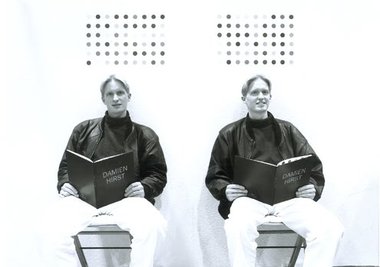

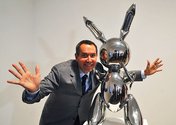

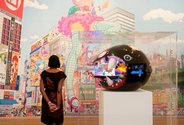
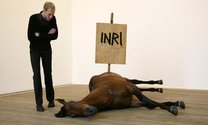
 Two Rooms presents a program of residencies and projects
Two Rooms presents a program of residencies and projects Advertising in this column
Advertising in this column


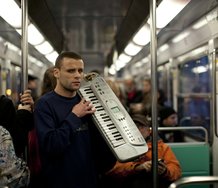
This Discussion has 0 comments.
Comment
Participate
Register to Participate.
Sign in
Sign in to an existing account.